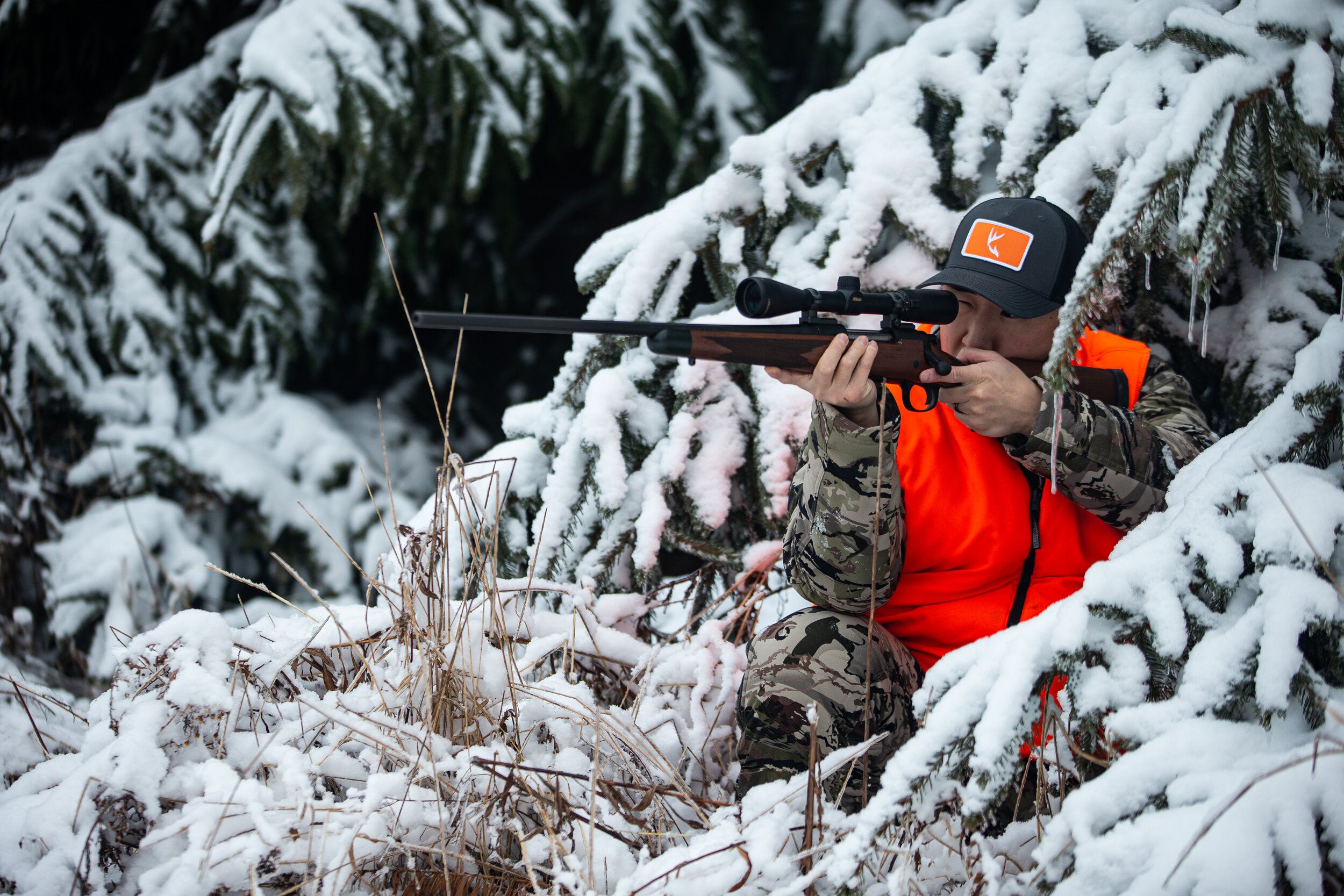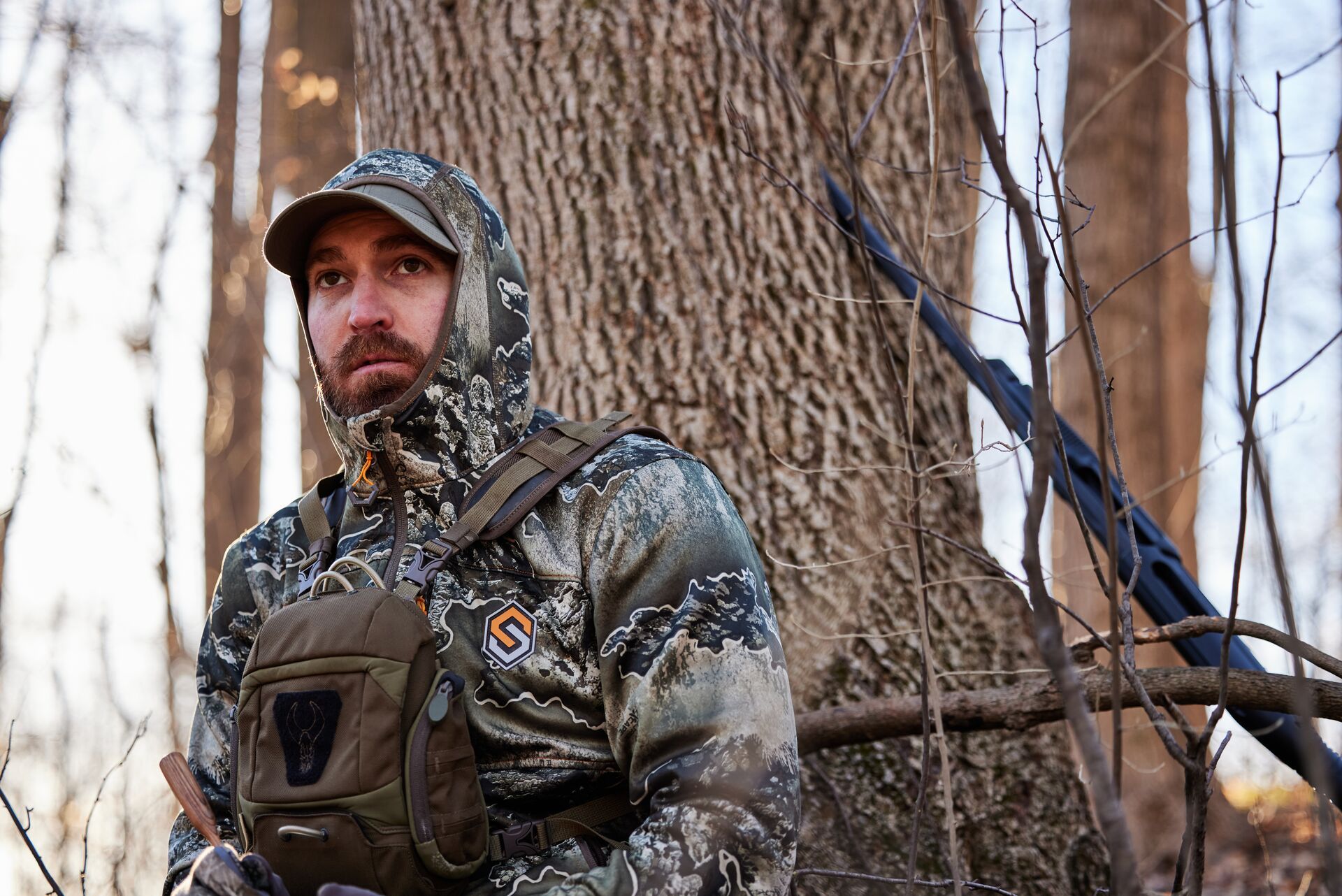Field Guide / Hunting Tips
How to Find Hunting Land for Turkey Hunting This Spring
The first challenge for all hunters is finding a solid piece of hunting land. Every hunter wants exclusive access to a great property. However, that is not always the case. Most hunters join the crowds and hunt public land, while others head out to private land plots to pursue birds. Whether you hunt private or public land, you can achieve success.
Previous in Hunting Tips
More Content Like This

5 Quick Tips for New HuntWise Hunting App Users
You're considering HuntWise as your next (or first) hunting app for land boundaries, animal tracking, planning around the wind, and more. Or, perhaps you just signed on for a free trial and you're looking for some quick tips to get started in the app...Read More
Read More
How to Use a Hunting App for Better Hunts on Public Land: 8 Tips
Why should you even use a hunting app? Is it worth the hassle (and expense) of a subscription and dealing with technology while out in the woods on a hunt? Read More
Read More7 Strategies For Hunting Whitetail In The Winter
Winter can be difficult and sometimes even frustrating for hunters. Deer movement begins to change drastically, conditions start to seem unbearable, and suddenly, that big buck on your trail camera is nowhere to be found.Read More
Read More Hunting Tips
Hunting Tips5 Quick Tips for New HuntWise Hunting App Users
You're considering HuntWise as your next (or first) hunting app for land boundaries, animal tracking, planning around the wind, and more. Or, perhaps you just signed on for a free trial and you're looking for some quick tips to get started in the app...Read More
Read More Hunting Tips
Hunting TipsHow to Use a Hunting App for Better Hunts on Public Land: 8 Tips
Why should you even use a hunting app? Is it worth the hassle (and expense) of a subscription and dealing with technology while out in the woods on a hunt? Read More
Read More Hunting Tips
Hunting Tips7 Strategies For Hunting Whitetail In The Winter
Winter can be difficult and sometimes even frustrating for hunters. Deer movement begins to change drastically, conditions start to seem unbearable, and suddenly, that big buck on your trail camera is nowhere to be found.Read More
Read More
1 of 3
